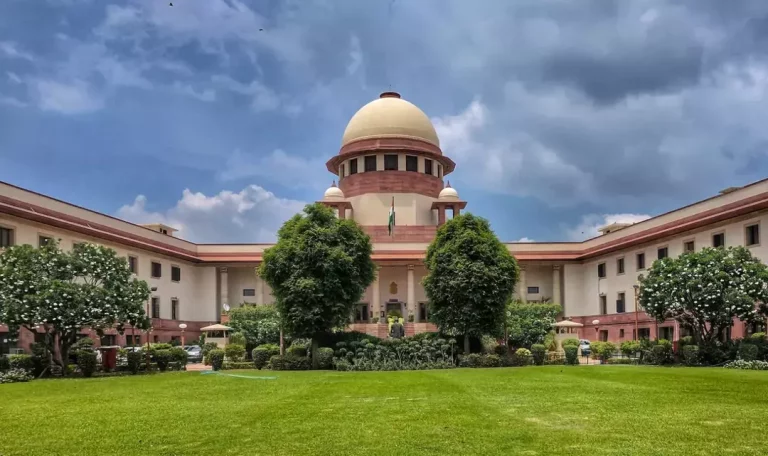
Govt may introduce charges on high-value UPI transactions: Report
The Indian government is considering a proposal to introduce charges on high-value transactions made through the Unified Payments Interface (UPI), according to a recent report. This move is aimed at reducing the burden on the government, which currently bears the cost of merchant discount rate (MDR) on UPI and RuPay transactions.
As per the report, the government has discussed the possibility of placing a cap on the MDR charges for transactions above a certain threshold. However, no final decision has been taken on the matter, and the proposal is still under consideration.
For those who may not be familiar, MDR is the fee levied by banks and payment service providers on merchants for processing digital transactions. This fee is typically a percentage of the transaction value and is currently borne by the government. By introducing charges on high-value transactions, the government hopes to reduce its own burden and encourage merchants to absorb some of the costs.
The proposed move has significant implications for UPI users, particularly those who make frequent high-value transactions. While the exact threshold value for triggering the charges is yet to be determined, it is likely to have a significant impact on transactions above ₹1,000 or ₹5,000.
Currently, UPI transactions are free for users, with the government bearing the MDR costs. This has made UPI a highly popular payment method, with over ₹3.5 trillion worth of transactions processed through the platform in 2022 alone. The introduction of charges on high-value transactions may lead to a slowdown in the adoption of UPI for large transactions, potentially impacting the growth of the digital payments ecosystem.
However, proponents of the proposal argue that it will encourage merchants to adopt other payment modes, such as credit and debit cards, which have their own MDR charges. This could lead to a more balanced payment ecosystem, where different payment modes are used for different types of transactions.
The proposal also has implications for the fintech industry, which has grown significantly in recent years. Many fintech companies, including payment service providers and e-wallet operators, rely heavily on UPI for transactions. If the charges are introduced, these companies may need to adapt their business models to absorb the costs or find alternative payment methods.
The government’s decision to consider introducing charges on high-value UPI transactions is aimed at reducing its subsidy on MDR costs. The government has been bearing the MDR costs on UPI and RuPay transactions since 2019, when the Reserve Bank of India (RBI) waived MDR for transactions up to ₹2,000.
While the proposal is still under consideration, it is likely to have significant implications for the digital payments ecosystem. As the government continues to discuss the proposal, it is essential for stakeholders to engage in a constructive dialogue to ensure that the move does not disrupt the growth of the digital payments industry.
In conclusion, the proposal to introduce charges on high-value UPI transactions is a significant development in the digital payments landscape. While it may have implications for users and merchants, it is essential to consider the long-term benefits of the move, including the potential to reduce the government’s subsidy on MDR costs and encourage a more balanced payment ecosystem.






